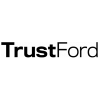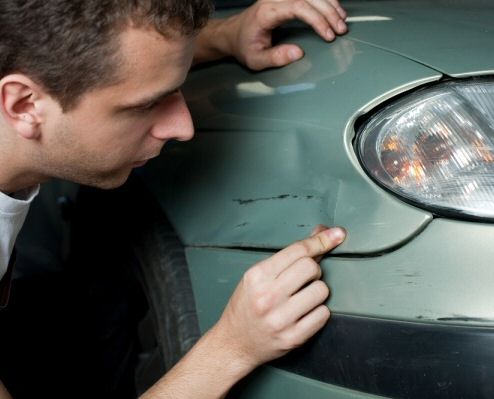
Inspecting a used car
If you have arranged to view a used car then you need to know that much of the test drive process should actually take place before you take the car for a spin. Itís vitally important to know what to look for in order to determine its condition and the validity of the sellerís advert. We cover a list of things you should look to inspect when viewing a used car you are interested in buying.
Too many car buyers just the thought of carrying out a thorough check of a car may seem daunting especially if you know very little about cars. Even seasoned mechanics can fail to spot a carís faults so what chance does the average buyer have? Well thereís no need to worry, weíll take you through a list of essential checks to carry out when inspecting a car.
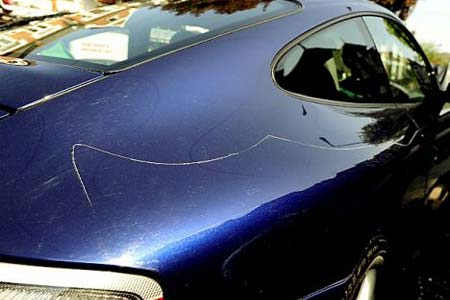
The first thing you should check is the exterior of the car. Itís vitally important that you check the car in daylight hours so any marks, dents, scratches or blemishes show up clearly. Check that the paintwork is consistent throughout each separate panel. Any differences in shade may indicate that the car had previous damage and has undergone a respray. Rust is the enemy of all cars so if you find bubbling paintwork, especially around the wheel arches, then this is a good indication of rust.
Check that any gaps between panels are tight and nicely aligned. If there are discrepancies then this could indicate that the car has been involved in an accident. The same can be said with the doors and boot, make sure they open and close smoothly.
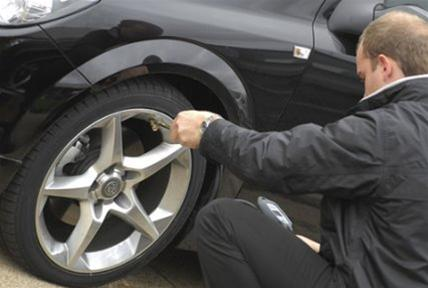
Take a look at the tyres and make sure they have even wear from inside to out. The tyres can tell you how the car has been driven and if itís been cared for. If there is more wear on one side of the tyre then this indicates that there may be a problem with the suspension or tracking. If the tyres donít seem to have a lot of tread then there is a possibility that they need replacing. You can always use this as a factor when bargaining the asking price.
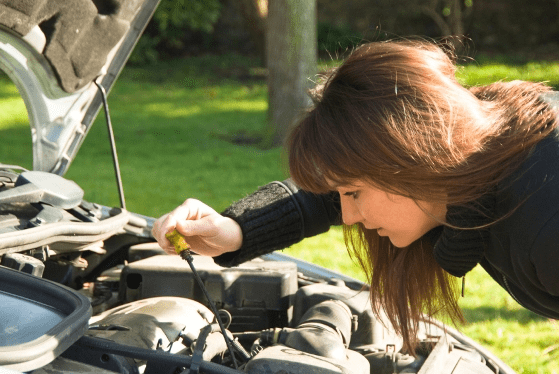
The next place to head is under the bonnet. You donít need to be a fully licensed mechanic to know what to look for. Check for signs of fluid leakages around the oil and water compartments and on the floor. Check the oil level using the dipstick and make sure that the oil looks golden with no signs of dirt. If the oil doesnít look as it should then this could indicate that the engine has been neglected by its owner. Take a thorough look at the top of the engine and see if there are any signs of a white substance as this could indicate a problem with the head gasket.
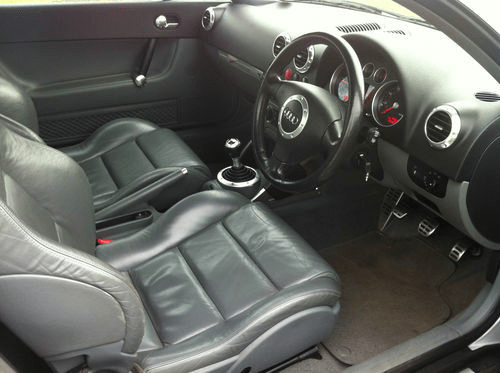
The next place to head is inside the car as this is where youíll be spending a large majority of the time when youíre driving it. Once inside take a look at the mileage on the odometer, this should be consistent with the mileage indicated in the advert and associated car documents. Check the condition of the carpet, seats, seatbelts, gearstick and steering wheel for wear and tear. Their condition should be representative of the carís mileage. Next make sure everything within the cabin works as it should. This includes the air conditioning, electric windows, heated seats and fuel cap release etc.
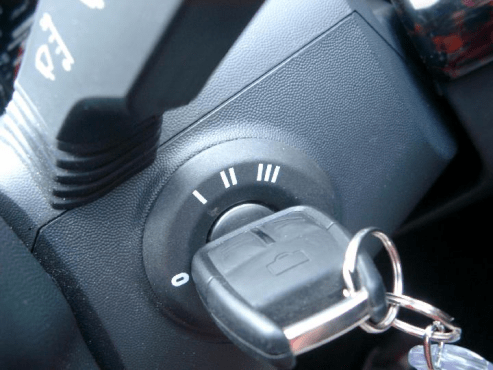
The final and most important check is the ignition test. Ask the owner for permission to start the car. What you need to look out for is whether it starts easily and whether it idles smoothly. Perform a couple of high revs using the accelerator and listen out for any rattles or strange noises.
Itís important to keep in mind that the condition of any used car and the way in which it was cared for are just as important as the style and features of the car when it was brand new. A test drive alone will not tell you if the car is mechanically sound. However, performing a few small checks will tell you if the car is definitely not. Also, if you find any small issues then you can use this as a leverage when haggling over the asking price!










